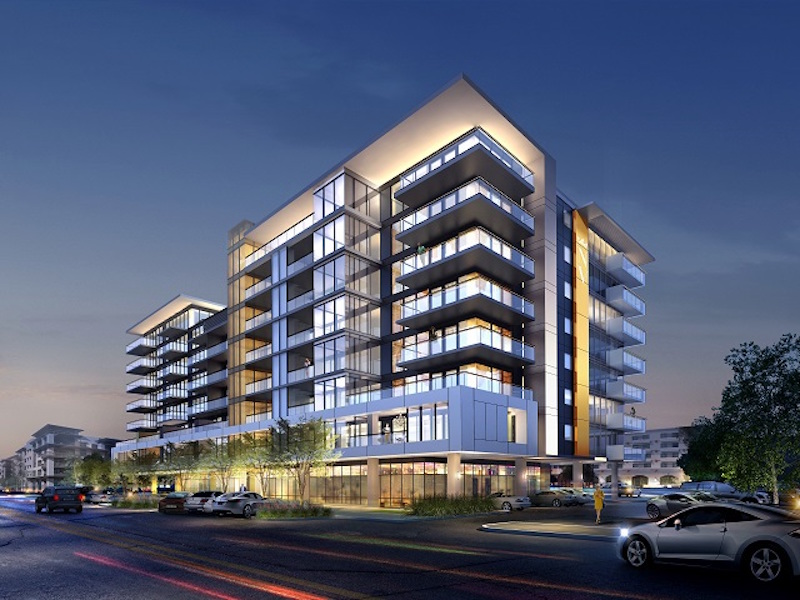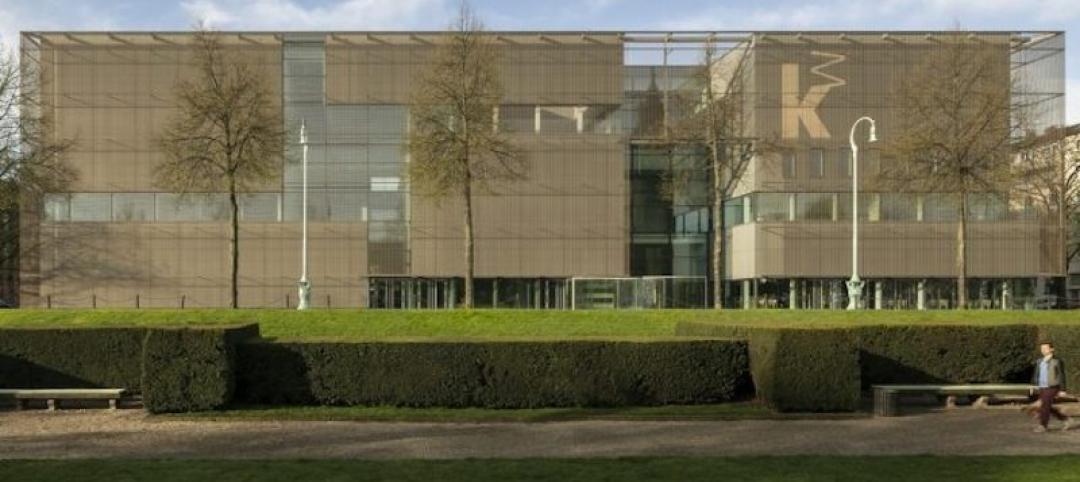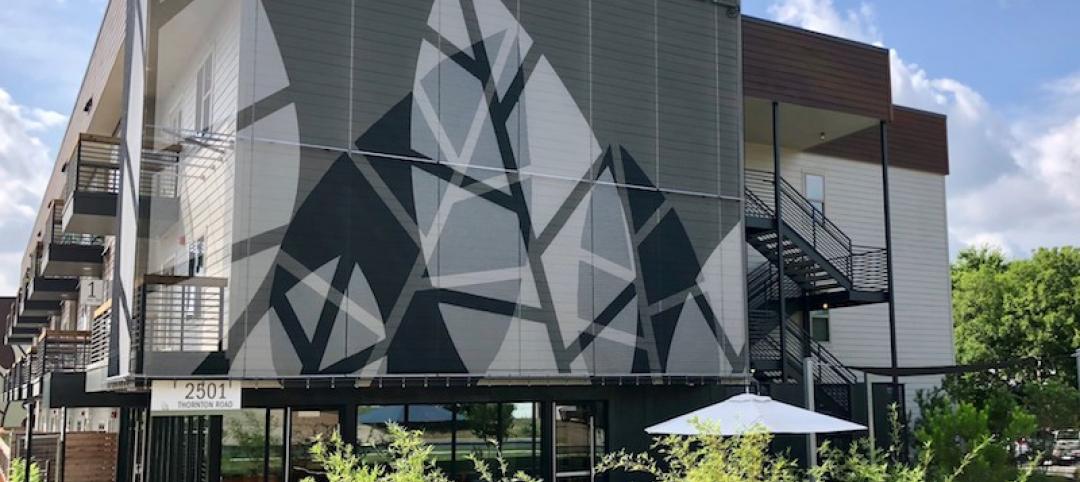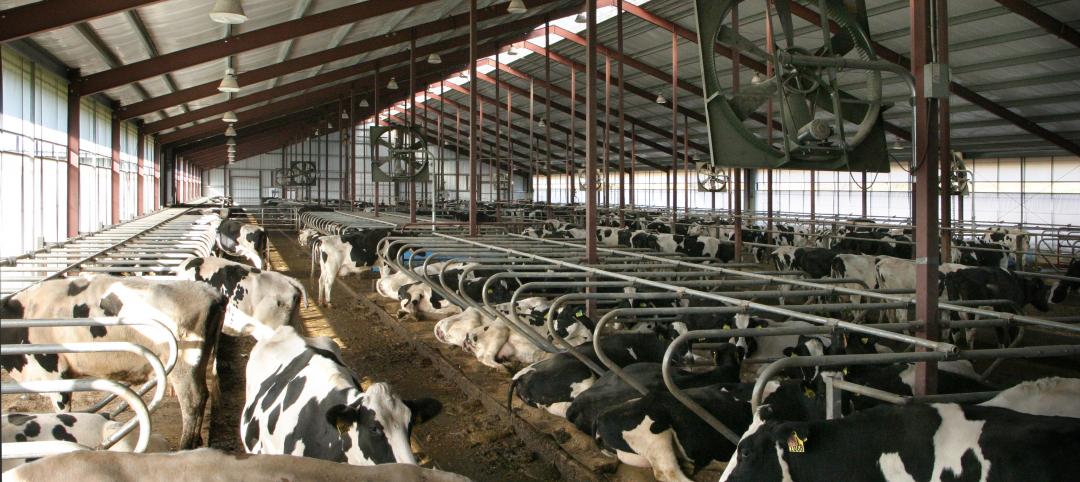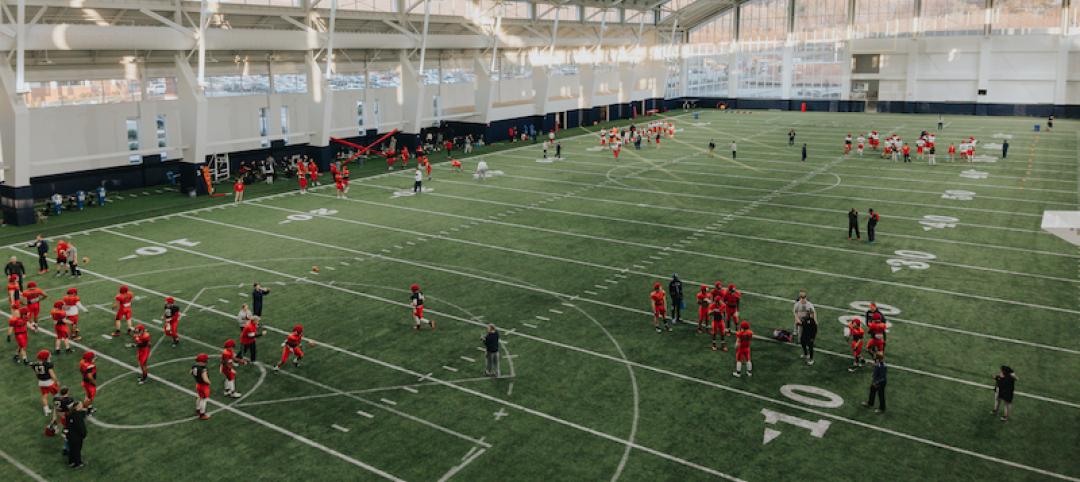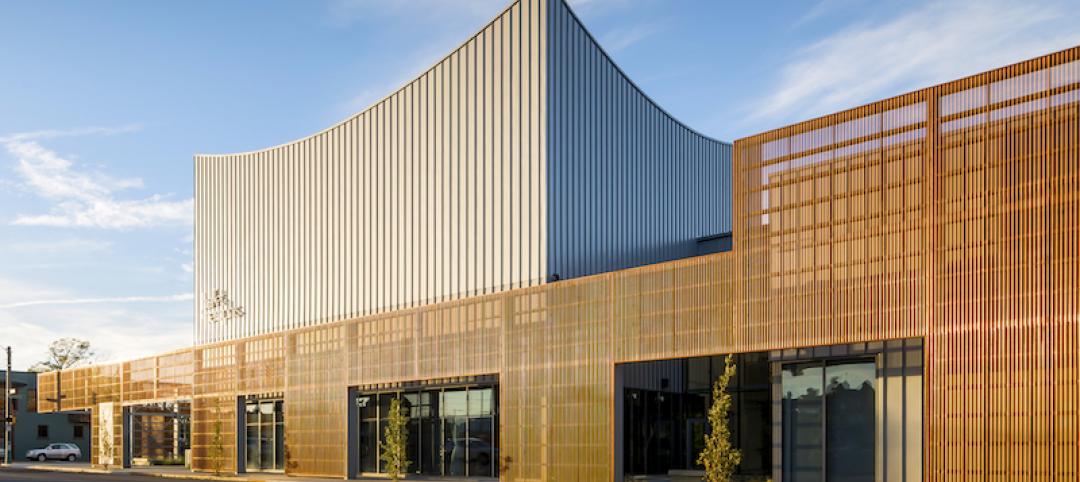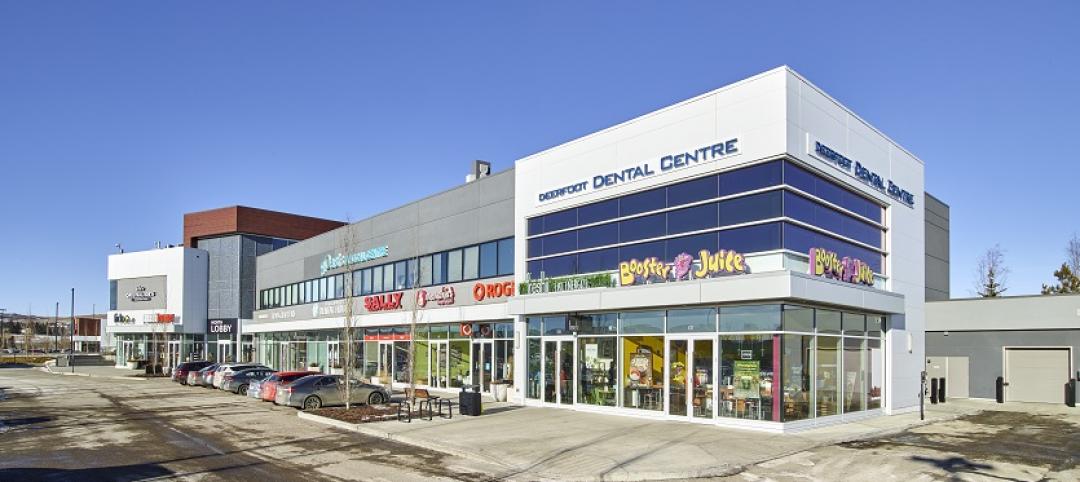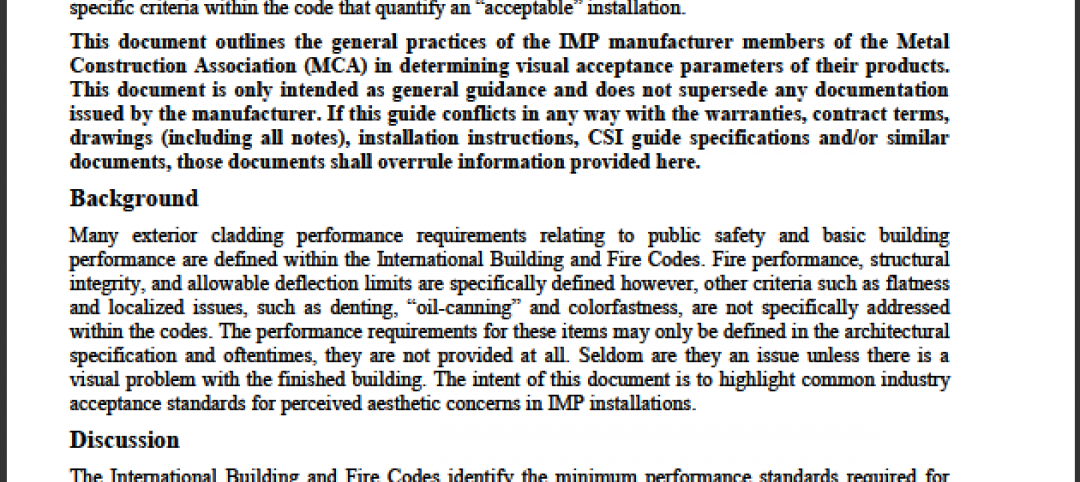Recent global fire events have shed light on the significance of local code compliance in high-rise construction. Although the current focus on metal composite materials (MCM) doesn’t adequately address the entire building envelope ─ which includes many additional components ─ it does provide an opportunity for architects and general contractors to brush up on their role in helping ensure safety.
MCM has been around since the early 70s and has proven to be one of the most versatile architectural cladding products available. Its adaptability, lightweight nature, ease of fabrication and selection of hundreds of colors and finishes help architects and designers achieve nearly any exterior (or interior) aesthetic. But, as with all building products, specifying MCM comes with compliance responsibilities.
There are guidelines to help specifiers understand the codes surrounding when to use traditional polyethylene core (PE) and when a fire-retardant core is required. “A good place to start when researching MCM codes is the 2015 International Building Code,” said James Moses, Technical Service Manager for ALPOLIC®, a leading MCM manufacturer. “The section’s first 10 subsections relate to specifying compliant cladding material for any type of building and height. The last four subsections review compliance for special situations.”

Moses says as a general rule, a fire retardant core must be used when MCM is placed above 40 feet. A PE core is code-compliant for most structures 40 feet high and under (roughly four stories). But once a building goes above 40 feet, in most cases, a fire-retardant core which meets the NFPA 285 standard, a well-established fire-test standard that demonstrates upward resistance to flame spread, must be used.
“The NFPA285 is a test not just for the MCM material, but the entire wall assembly,” said Moses. “This ensures that the entire cladding system has been tested and passed.”
According to Moses, another way to ensure product safety is to look for manufacturers that hold independent, third-party evaluation. The International Code Council Evaluation Service (ICC-ES) offers architects unbiased verification of MCM code compliance. MCM products that are supported with impartial, mainstream code compliance reports are recommended.

Moses also suggests using only MCM products that carry the Warnock Hersey (WH-ETL) Mark. These are products that have been certified-compliant by the building and construction industry’s most rigorous product testing organization. Maintaining the WH-ETL Mark is a continuous process, requiring quarterly inspection audits from Warnock Hersey to ensure ongoing compliance. This is especially important as the industry is starting to see more and more off-shore MCM manufacturers compromising the code by using MCM that does not meet code requirements.
“MCM, like any other building product, is safe when used in compliance with code,” said Moses. “Understanding the code and which products to use will help ensure we continue to build buildings that are as safe as they are beautiful.”
For more information about MCM and fire safety, click here.
Related Stories
Sponsored | Metals | Sep 17, 2018
GKD and the Kunsthalle Mannheim Museum of Modern and Contemporary Art
Architects aimed to create a dialogue between museum visitors and urban onlookers.
Sponsored | Metals | Sep 12, 2018
Austin apartment façade branded with metal mesh
Cambridge Architectural creates powder-coated design incorporating community’s leaf graphic.
Sponsored | Metals | Aug 8, 2018
Tiny house highlights ALPOLIC's versatility
As the exterior sponsor, ALPOLIC turned to Metal Design Systems (MDS) in Cedar Rapids, Iowa to come up with a way to fabricate its Timber Series metal composite material for this unique venture.
Sponsored | Metals | Aug 6, 2018
The state of the art in livestock housing
Metal buildings are proving to be a smart solution for livestock housing.
Sponsored | Metals | Jul 12, 2018
Metl-Span provides Liberty University with a home field advantage
In order to get the multi-purpose facility up and running in time for the team to begin preparations for the 2017 season, installers at W.H. Stovall & Company were tasked with fast-tracking the construction process.
Sponsored | Metals | Jul 10, 2018
Kent Police Station: Bridging a neighborhood, architecturally and symbolically
The station had to present an energized, neighborly aesthetic positioning it as a safe pillar of the community.
Sponsored | Metals | Jun 11, 2018
Perforated copper screens add movement to Ballet Memphis façade
The building is designed to engage the public in movement, culture and connection to the community.
Sponsored | Metals | May 9, 2018
Redefining Calgary’s newest social destination
Metl-Span® Insulated Metal Panels help bring Deerfoot City to life.


